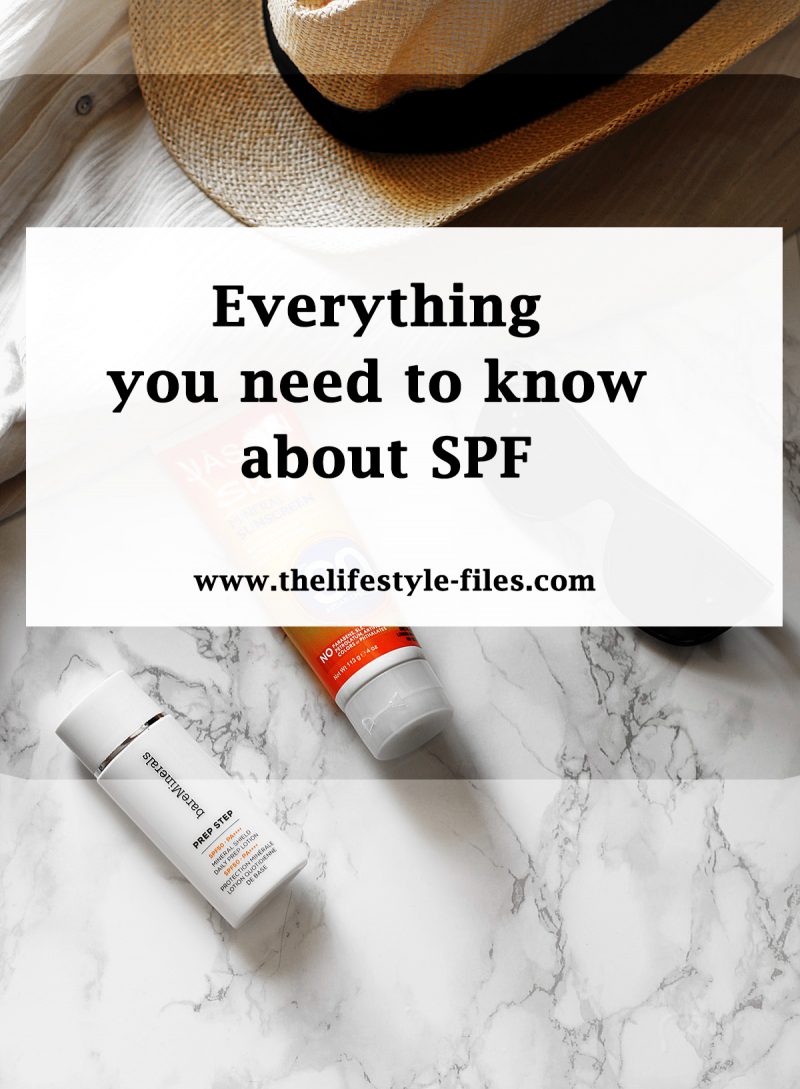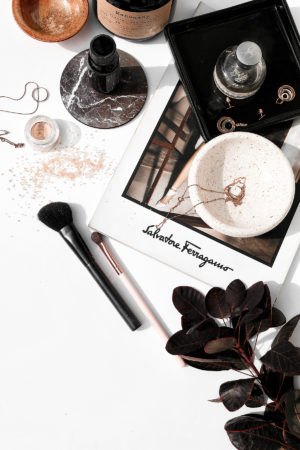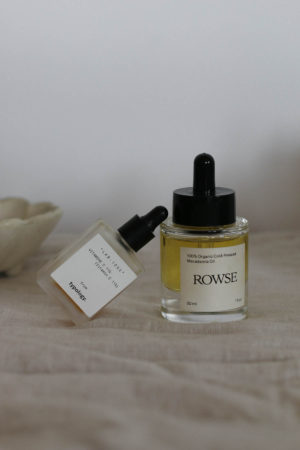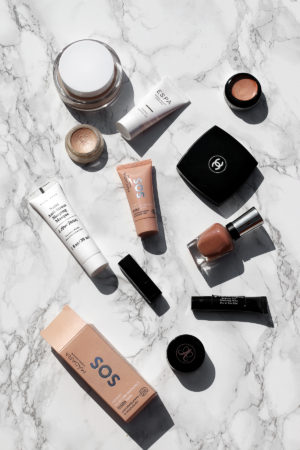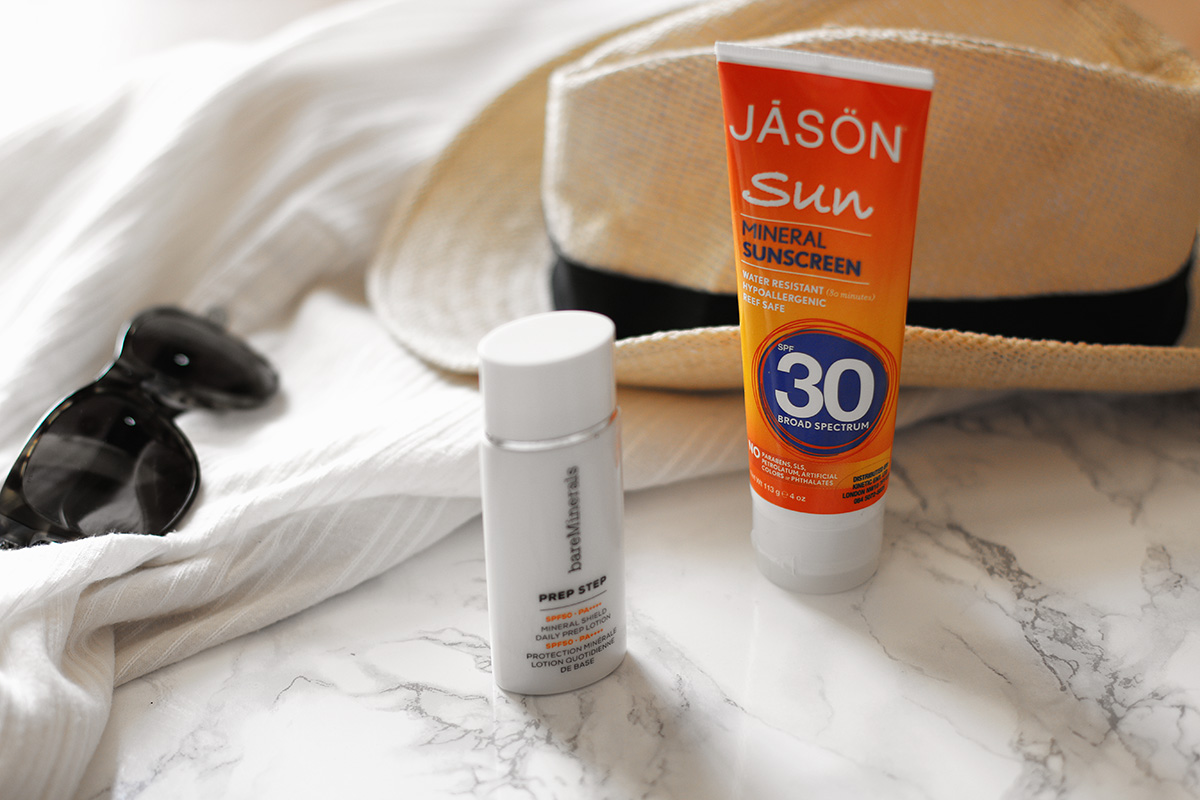
While I usually try to be a bit of a skeptic when it comes to the beauty industry telling me what I definitely MUST buy, when it comes to sunscreens and sun protection, I’m a die-hard advocate. We need sun protection. Period. While first and foremost, it’s a critical thing to do for your health, I believe that it’s the single most important thing to do for your skin and beauty as well.
But we don’t (actually shouldn’t) take anything at face value. Research, research, research is my motto.
That’s why I rounded up all and any questions that might come up in connection with sunscreens. And there are a lot. Along with some controversial issues and undecided concerns. While I don’t have definite answers for every single one of them, I hope this basic list will at least motivate you to think about the issues and make your own choices.
First and foremost, UV exposure is definitely associated with an increased risk of melanoma and skin cancer.
It also greatly damages skin structure and causes photo-aging – dryness, wrinkles, loss of elastin, age spots, a leathery texture. Tan itself is already the result of this damage – as the sunrays hit the skin, the body tries to protect itself and produces the melanin pigment, which acts as a natural UV filter. Over time, this can result in uneven or hyper-pigmentation, and sunspots. While other lifestyle factors are also important, some studies go as far as saying that “UV exposure seems to be responsible for 80% of visible facial aging signs.”
And indoor tanning is just as dangerous, regardless of what tanning companies tell us.
To put it simply: UVA causes aging, UVB causes burning. They differ in their wavelengths and penetration. UVB is the shorter, and hit the upper layers of the skin. It causes reddening, burn, and plays a key role in the development of skin cancer and a contributory role in tanning and photoaging. UVA is longer, penetrates deeper and has long been known to play a major part in skin aging and wrinkling (photoaging). However, recent studies also show that it can contribute to the development of skin cancer. UVA is harder to avoid, as it is present with relatively equal intensity during all daylight hours throughout the year, and can penetrate clouds and glass.
SPF means Sun Protection Factor. It measures a sunscreen’s ability to prevent UVB from damaging the skin (UVA protection is not rated). The SPF indicates the amount of time you can stay out in the sun without getting burned. If you usually get burned after 15 minutes in the sun, for example, a product with an SPF of 30 will allow you to stay in the sun 30 times longer compared with wearing no sunscreen. At least theoretically. In reality, the protection lasts a lot shorter.
Generally, yes. Dermatologists recommend using a sunscreen with an SPF of at least 30, which blocks 97 percent of the sun’s rays (SPF 15 – 93%). As you go higher, more rays are blocked, but not significantly (SPF 50 around 98%). No sunscreen can block 100 percent of the sun’s rays.
Currently, there is no scientific evidence that indicates using a sunscreen with an SPF higher than 50 can protect you better than a sunscreen with an SPF of 50, that’s why most countries banned labeling sunscreens with SPF 80 or 100.
Also, SPF does not add up. If you have an SPF 15 moisturizer and then apply an SPF 30 sunscreen, you won’t get SPF 45 protection. The only benefit of this is that you’re more likely to cover all your face with protection.
A broad spectrum sunscreen protects skin from both UVA and UVB rays.
There are two kinds of active ingredients that help protect the skin from UV rays: physical (or mineral) and chemical. Physical ingredients (Titanium dioxide and Zinc oxide) block, reflect, absorb and scatter the sun’s rays. Chemical ingredients (oxybenzone, octinoxate, octisalate, Octocrylene, avobenzone, Mexoryl SX and X) absorb UV rays and transform them to heat.
Anyone who has ever researched these two types will know that there are huge debates over the safety and effectiveness of the ingredients. Experts mostly agree that chemical ingredients can be more irritating and some of them (avobenzone) is not very photostable, meaning it absorbs the UV rays, which then changes its structure and it stops being an active protector. The bigger debates are over whether chemical ingredients (like oxybenzone) can disrupt hormones.
It’s really difficult for us non-experts to decide what the truth is. While I do like to do some research and be skeptical about what brands promise, I also tend to trust regulations and do not believe ALL fear-mongering. Otherwise, there would be basically nothing left for us to use. However, in this case, I’m firmly on the side of physical sunscreens. I’ve used them for a decade now and only have the best experience with them.
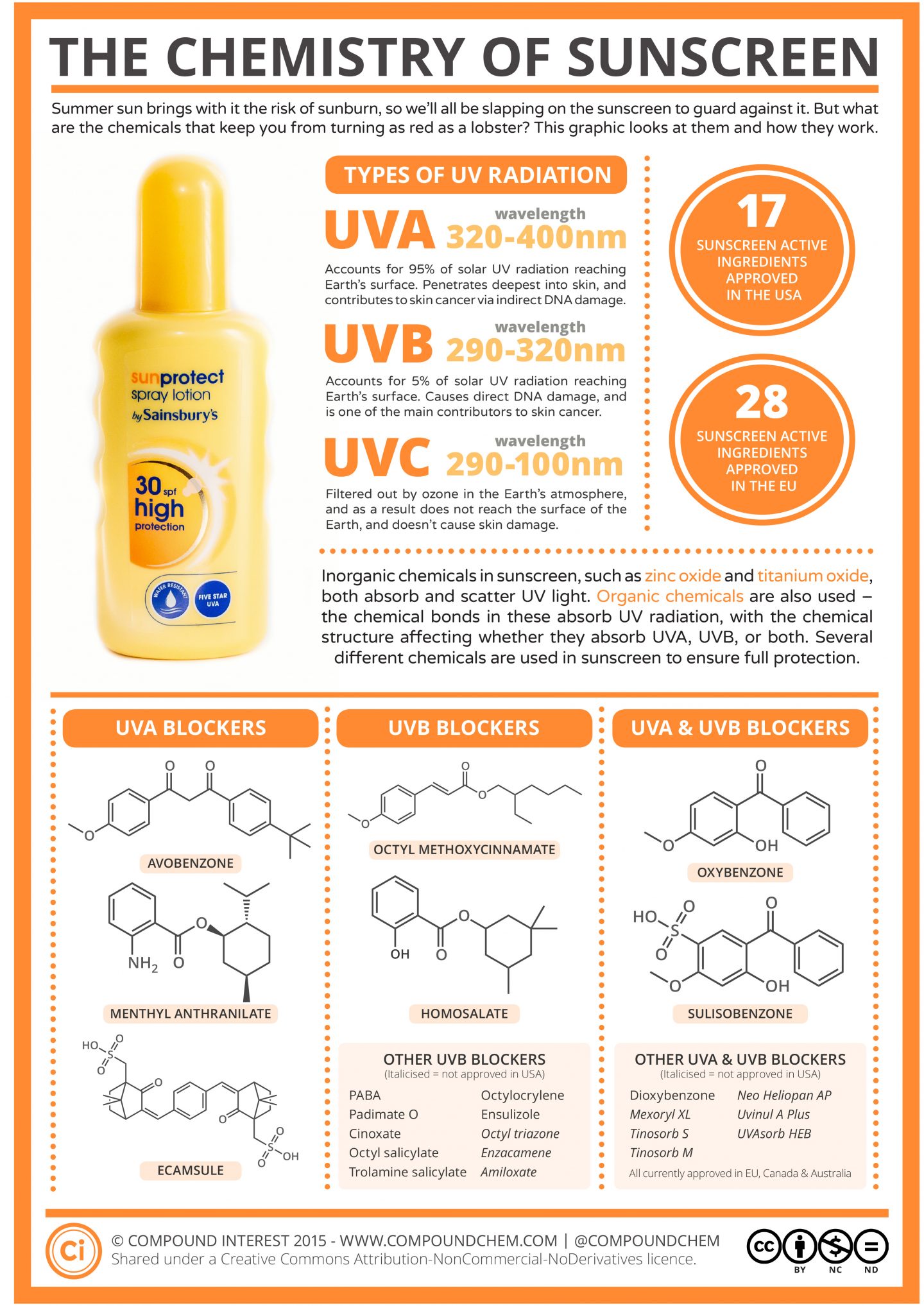
Always choose sunscreens that are labeled with UVA/UVB protection, broad or full spectrum and indicate the SPF number. Memorize some of the active ingredients (see above) and look for them.
There are different formulations – lotions, gel, stick, powder, spray. Cream-like sunscreen is safer as it offers more solid protection. With powders or sprays, it’s much more difficult to determine whether you have really covered everything. Also, the FDA currently investigates whether inhaling spray sunscreens is safe or not.
SPF in makeup does help, but probably not enough. The problem is the amount. According to dermatologists, “you need seven times the normal amount of foundation and 14 times the normal amount of powder to get the sun protection factor on the label. No one does this.” Layering sun protection is key: skincare products, SPF, makeup.
During vacation: every two hours, but always after a swim/shower/or if you sweat a lot. Basically, if it comes off or can be wiped off, you need to reapply.
If you wear makeup: apply it in the morning, under makeup. If you are not sitting in the sun (which you really shouldn’t in full makeup) or sweating profoundly, it will probably last all day. But you can always touch it up with mineral sunscreen powders, like this Peter Thomas Roth one.
Also, water-resistant, sweat-proof sunscreen does not exist.
A common argument for sun exposure is that it is the best way to get Vitamin D. It is an important vitamin for healthy bones as it regulates and helps calcium absorption. Vitamin D deficiency can lead to soft, fragile and misshapen bones.
There are two ways to get Vitamin D: from sunlight (UV rays hit the skin and trigger vitamin D synthesis) or from food and supplements. Unfortunately, it’s kind of impossible to get enough Vitamin D from food (fish, fish liver oil, and fortified dairy). So, does that leave sun as the only option? Not really. You need UVB rays to produce Vitamin D. This is also what causes skin burns and can lead to serious skin consequences. UVB rays also do not penetrate cloud or glass, so during the less sunnier days, it’s not really an option. My safest bet (also recommended by most dermatologists) is Vitamin D supplements, as it is the only way we can ensure adequate Vitamin D levels, all year long, without the skin-damaging effects of the sun.
Just because we don’t see the sun, it doesn’t mean it’s not there. UVA rays penetrate glass and clouds, they reach us when we commute, sit by the window, take a walk or go skiing (especially as snow and ice bounce back up to 80 percent of the rays so that they hit the skin twice). So, the bad news is no, it’s not enough to use sun protection only on sunny days. It’s an all-year long task. Use SPF 30 on most days and go higher when you spend more time in the sun.
For me, no. I have other sun protection essentials: sunglasses, a hat for the beach or a summer sightseeing tour, a beach cover-up (I use an oversized white linen shirt, but also eyeing this or this), and a light scarf. I also spend most of the time in the shade (or at least in the half-shade) or under an umbrella. I basically only sunbathe in the water or after 4-5pm. Yes, I am that maniac.
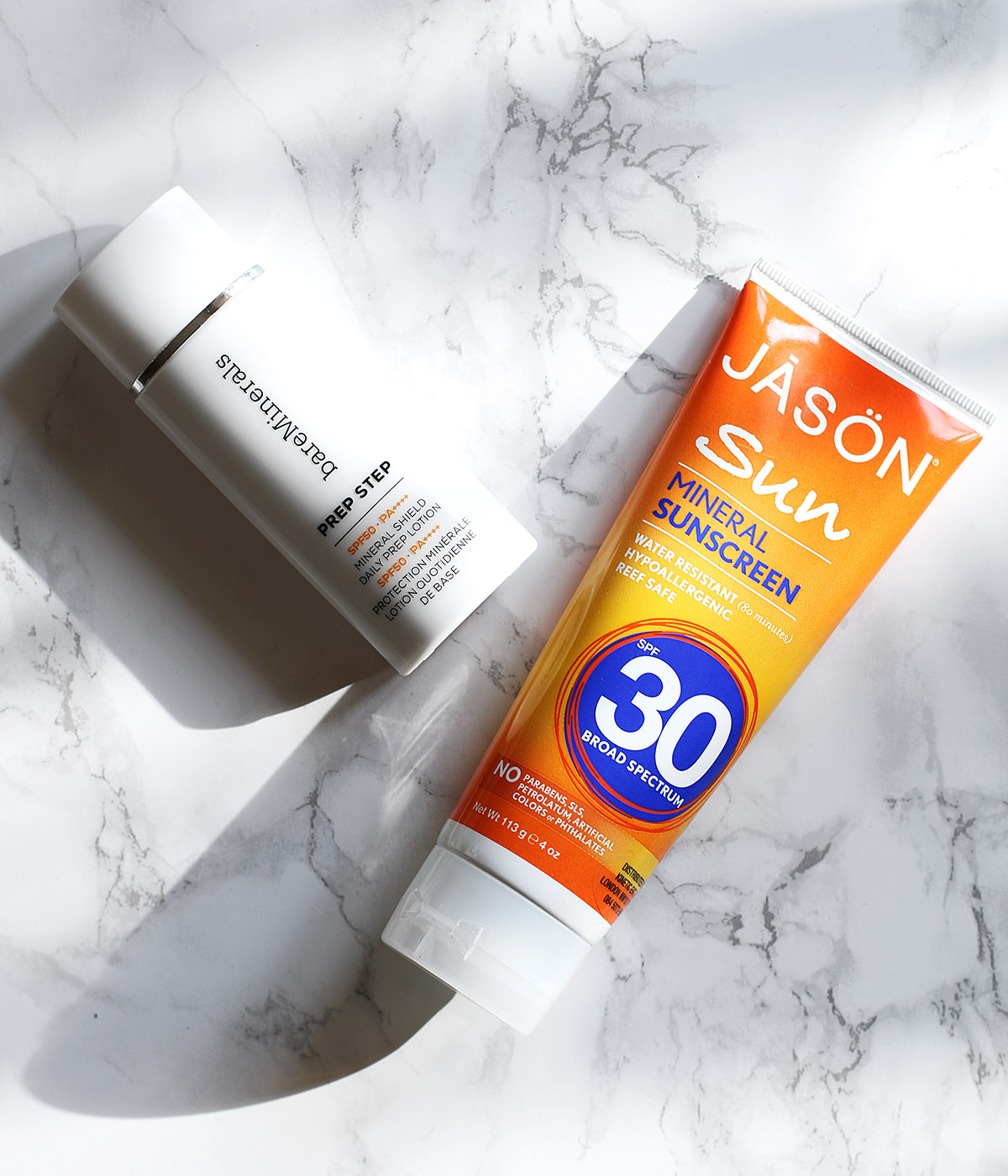
+ JASON Mineral sunscreen broad spectrum SPF 30 – Physical sunscreen from a natural brand, with a very high % of active ingredients, no irritating perfumes or colorants.
+ BareMinerals Prep Step Mineral Protection Shield SPF 50 – My all time favorite make up friendly physical sun protection product. It works like a dream.
+ Clinique Mineral Sunscreen Fluid for Body SPF 30 – Nice physical sunscren
+ CeraVe® Sunscreen Body Lotion with SPF 50 – Bargain price, great value (sadly, difficult to buy in Europe)
+ Peter Thomas Roth Instant Mineral SPF45 – for touching up makeup
Also, when it comes to sunscreen, expiration dates do matter, as the active ingredients deteriorate over time. Basically, last year’s sunscreen won’t do the job anymore, you need to get a new one.
Please share your product recommendations!

